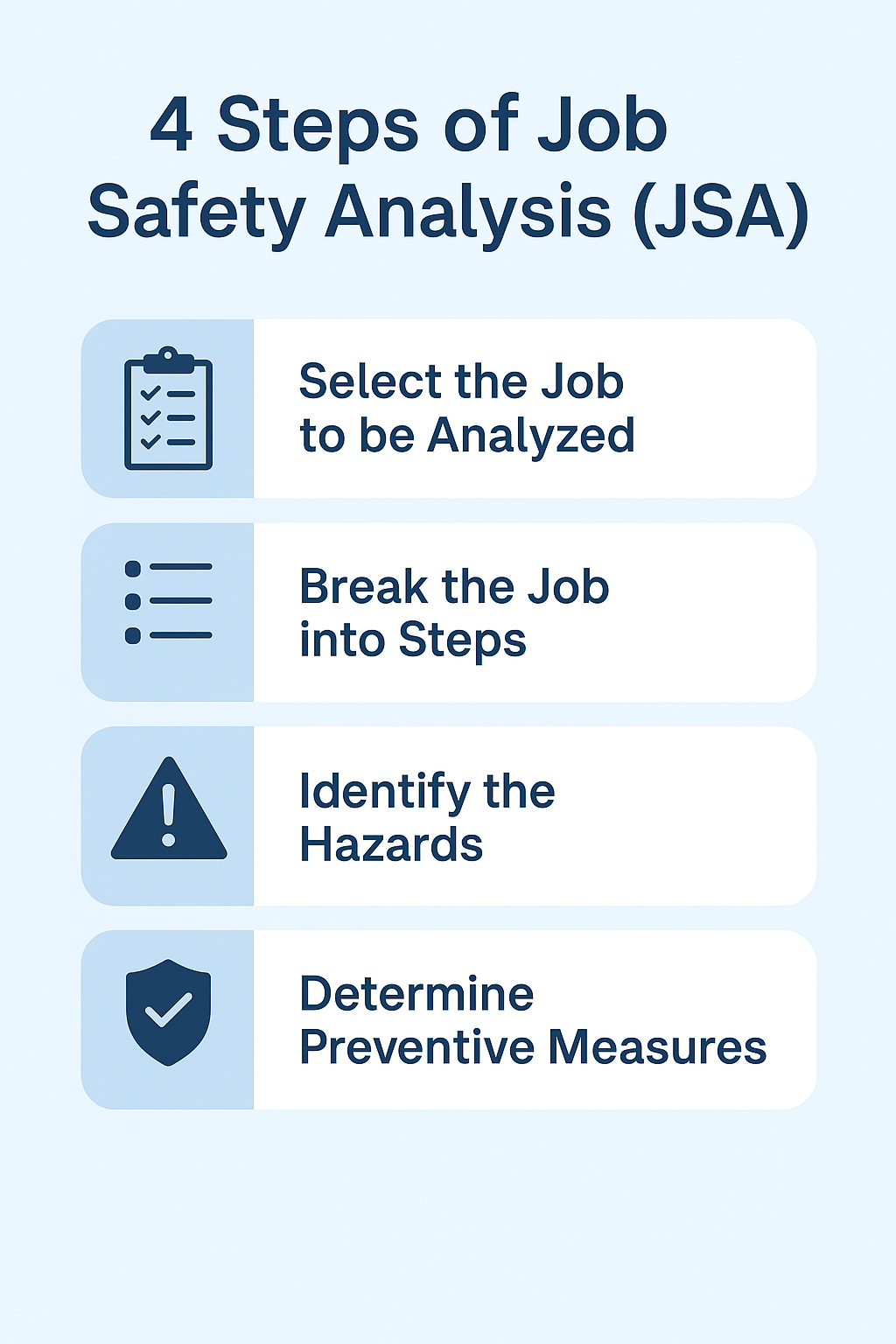
What is HIRA: Hazard Identification and Risk Assessment?
What is HIRA : In today’s fast-paced world, where safety and security are paramount, organizations across various industries have recognized the importance of Hazard Identification and Risk Assessment, commonly referred to as HIRA. This crucial process forms the backbone of safety management systems, ensuring the well-being of employees, the environment, and assets. In this article, we’ll delve into the depths of HIRA, shedding light on its significance, process, and key elements.
Understanding HIRA – An Introduction
The Basics of HIRA
HIRA stands for Hazard Identification and Risk Assessment, a systematic approach used to identify potential hazards and assess the associated risks within an organization. It is a proactive measure employed to prevent accidents, incidents, and emergencies, ensuring a safer work environment.
The Importance of HIRA
The significance of HIRA cannot be overstated. It is the cornerstone of a robust safety culture within any organization. By identifying hazards and assessing risks, businesses can develop strategies to mitigate or eliminate potential dangers, protecting the lives of their employees and safeguarding their assets.
The Process of HIRA
Hazard Identification
The first step in HIRA is the identification of potential hazards within the workplace. These hazards can be physical, chemical, biological, ergonomic, or psychosocial in nature. Through careful examination and analysis, these hazards are documented for further evaluation.
Risk Assessment
Once hazards are identified, the next step is to assess the associated risks. This involves determining the likelihood of an incident occurring and the severity of its consequences. Risks are typically categorized as high, medium, or low, depending on the evaluation.
Benefits of Implementing HIRA
Enhanced Safety
HIRA leads to the implementation of safety measures that reduce the likelihood of accidents. By addressing potential hazards proactively, organizations create a safer workplace.
Compliance with Regulations
Many industries have strict regulations governing safety standards. HIRA helps organizations comply with these regulations, avoiding legal issues and penalties.
The Role of HIRA in Decision-Making
HIRA plays a pivotal role in decision-making processes within organizations. It provides critical data that helps in setting priorities, allocating resources, and devising strategies to manage risks effectively.
How to Conduct a HIRA
Establishing a HIRA Team
The first step in conducting a HIRA is to assemble a dedicated team of experts who are well-versed in the organization’s processes and procedures. This team will be responsible for overseeing the entire HIRA process.
Hazard Identification
The team conducts thorough inspections and investigations to identify all potential hazards within the workplace. This stage involves gathering data and insights from various sources, including employees and existing documentation.
Risk Assessment
Following hazard identification, the team assesses the risks associated with each hazard. This involves evaluating the probability of an incident and its potential impact on personnel, the environment, and assets.
Risk Mitigation
Once the risks have been assessed, strategies are developed to mitigate or eliminate these risks. This may involve implementing safety measures, revising procedures, or providing training to employees.
Conclusion
In conclusion, Hazard Identification and Risk Assessment (HIRA) are essential processes for any organization committed to ensuring the safety of its employees, protecting its assets, and complying with industry regulations. By systematically identifying hazards and assessing risks, organizations can proactively manage and mitigate potential dangers. HIRA empowers decision-makers to allocate resources effectively and prioritize safety, ultimately creating a secure and sustainable work environment.
Risk Assessment Basic Safety Knowledge
Hazard Identification Basic Safety Knowledge
Health and Safety Risk Assessment
How to Calculate Risk Matrix and Risk Rating with Practical Example
FAQs
Is HIRA mandatory for all businesses?
HIRA is not mandatory for all businesses, but it is highly recommended, especially in industries where safety is a top priority. It helps organizations meet legal requirements and improve their safety standards.
How often should a HIRA be conducted?
HIRA should be conducted regularly, with periodic reviews to ensure that new hazards are identified and assessed as processes and conditions change.
Can HIRA be used in industries other than manufacturing?
Yes, HIRA is applicable to a wide range of industries, including healthcare, construction, transportation, and more. Any environment with potential hazards can benefit from HIRA.
What are some common challenges in implementing HIRA?
Common challenges include obtaining buy-in from employees, ensuring that all hazards are identified, and keeping the HIRA process up-to-date as the organization evolves.
Where can I get more information about HIRA?
For more information on HIRA and its implementation, you can refer to industry-specific guidelines, safety organizations, or consult with safety experts within your organization.

























Hira security knowledge more and more honi chahiye